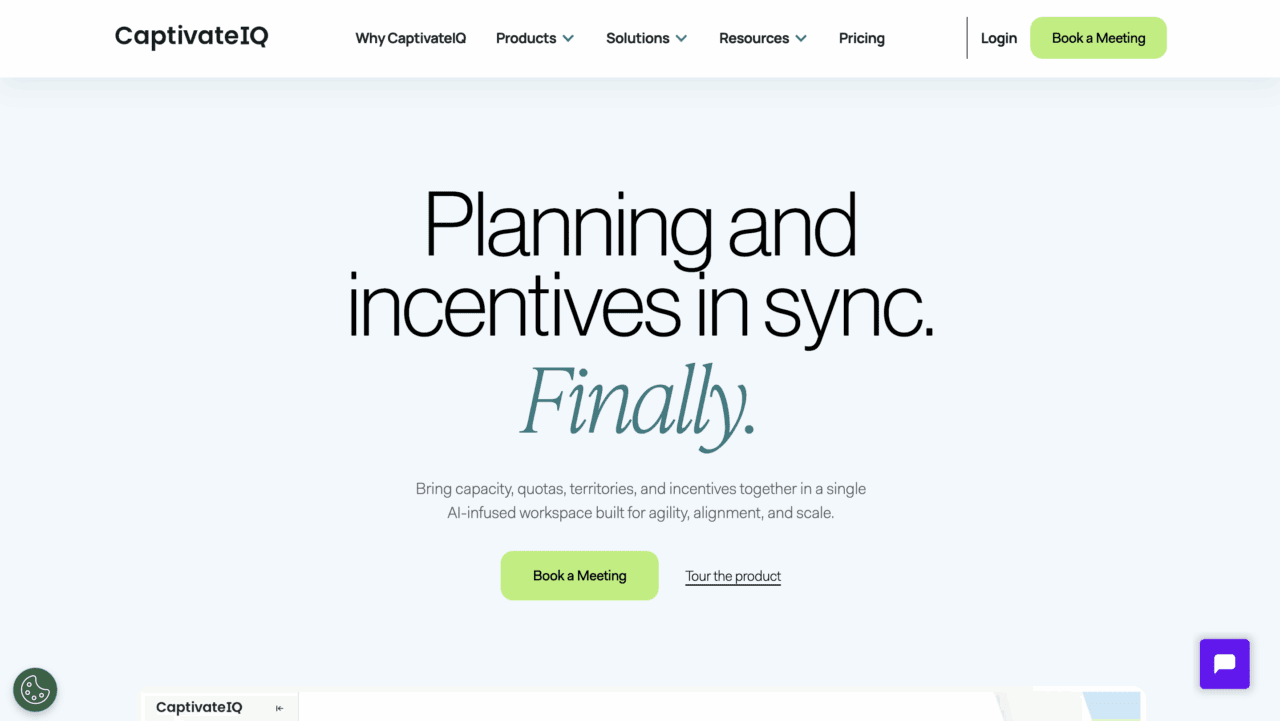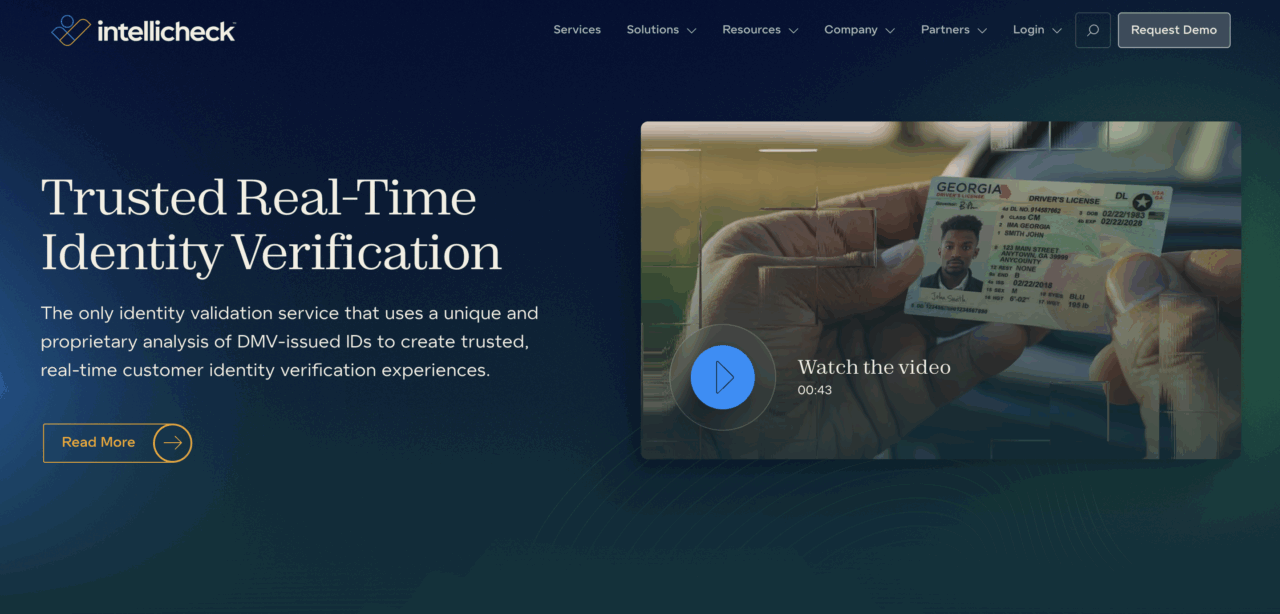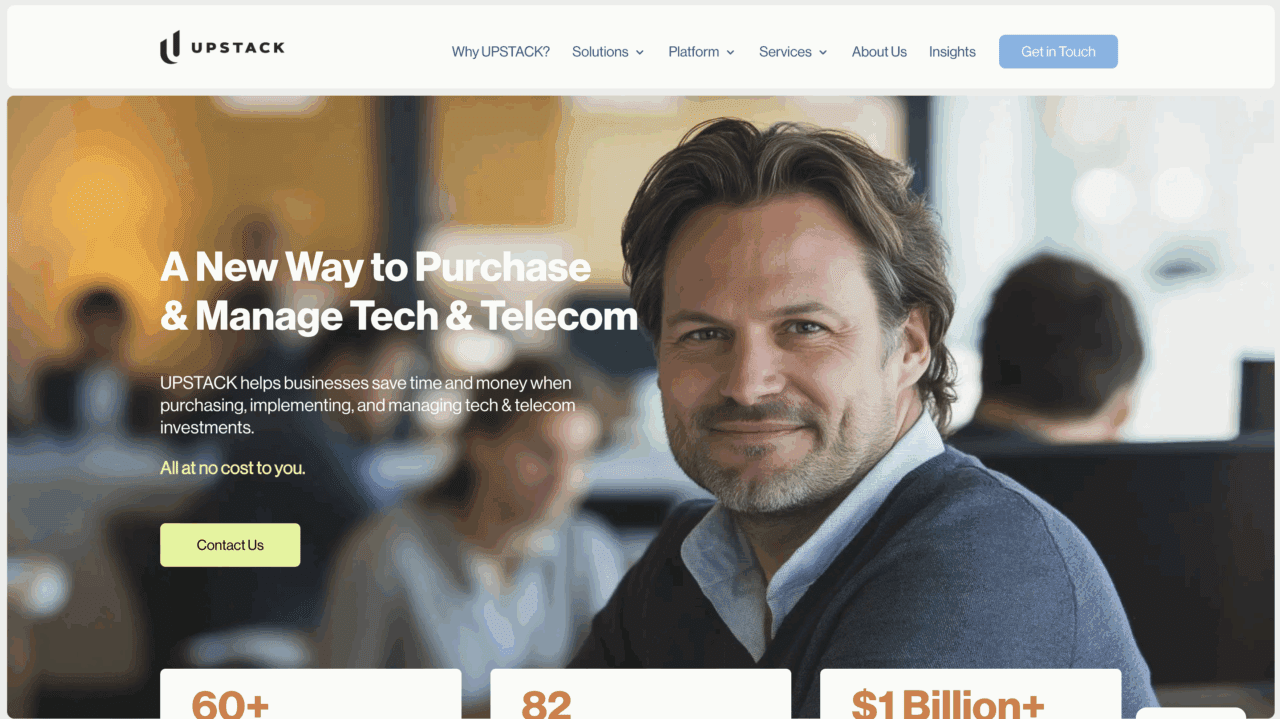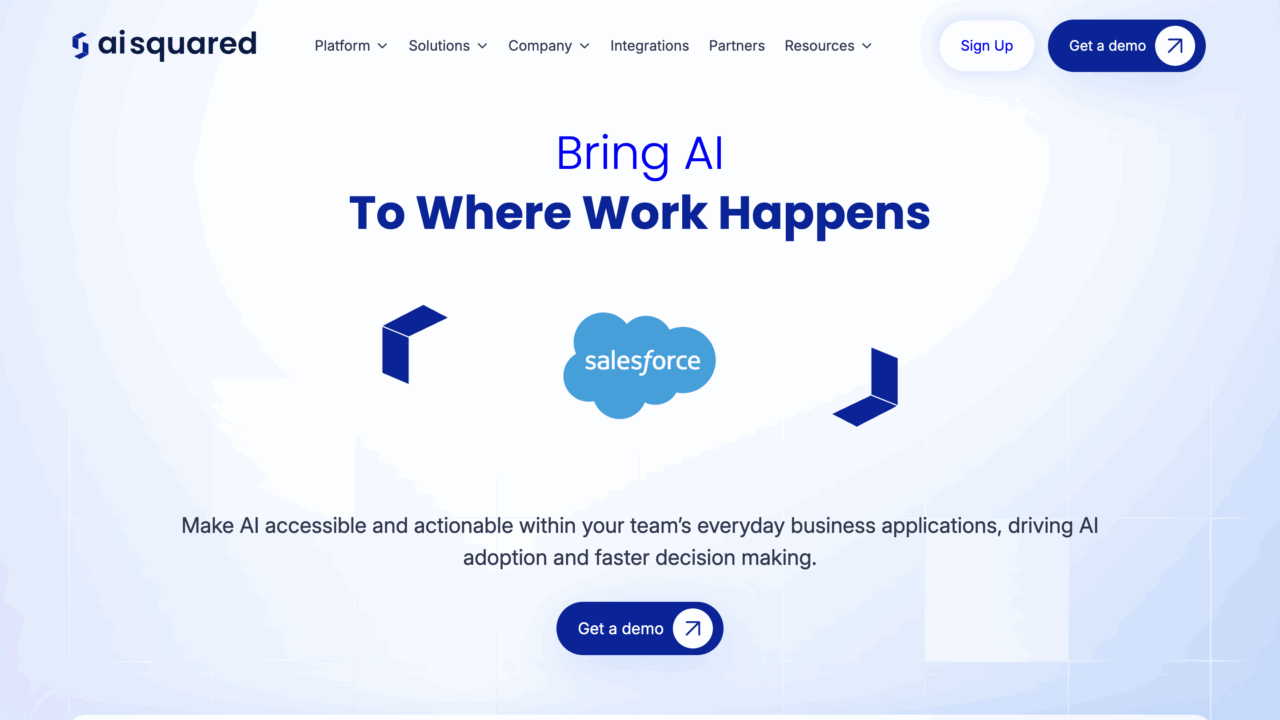
Check out some of the latest additions to our FinovateFall 2025 speaker line-up!
From leveraging AI to streamline workflows to incentivizing outperformance in financial services teams, this year’s crop of FinovateFall Special Addresses tackles many of the critical aspects that determine how well financial institutions engage customers, build and market new solutions, and grow their businesses. Take a look below at who will be speaking from the main stage in just a few weeks time.
FinovateFall 2025 comes to New York’s Marriott Marquis Times Square, September 8 through 10. Get your ticket. Book your room. And join us for three days of live tech demos, insightful keynotes, and networking with hundreds of fellow fintech and financial services professionals.
Growth Amid Uncertainty: How Financial Services Leaders Can Use Incentives to Outperform
Lindsey Bly, Senior Director, Product Marketing, CaptivateIQ, will talk about why outdated compensation structures are eroding growth, and what financial institutions can do to fix this problem. Mon, Sep 8, 11:05 am.
Bly will also explain how firms can use incentive compensation as a flexible tool to better manage market uncertainty, margin pressure, and evolving product priorities.
Headquartered in San Francisco, California, CaptivateIQ offers a platform that combines quota, territory, headcount, and compensation into a single, AI-powered workspace that is built for agility, alignment, and scale.
Founded in 2017, CaptivateIQ bridges the gap between incentive compensation management and sales planning.
Sharpen Your Tech Stack: Boost Agility in a Shifting Landscape
Anna Van Erven, Strategic Awareness & Advocacy Lead, Progress ShareFile, will discuss how ensuring that your tech stack is lean and adaptable is key to controlling costs, automating low-value work, and keeping the focus on strategy rather than on software. Mon, Sep 8, 12:20 pm.
Van Erven will also share insights into how companies can audit their own tech stack to help build a resilient, adaptable foundation for the future.
Headquartered in Raleigh, North Carolina, Progress ShareFile provides technology to streamline document and client-facing workflows.
The company’s automation, e-signing, and secure document sharing solutions help businesses become more efficient and collaborate more effectively.
The Hidden Threat in Identity Verification — Why the First Step is Everything
Bryan Lewis, President and Chief Executive Officer, Intellicheck, will explain why the first step in identity verification is the most important and how everything that follows this step is compromised if this initial step is wrong. Tue, Sep 9, 9:25 am.
Lewis also will talk about the key role of the barcode and why facial recognition alone is insufficient as an authentication strategy.
Intellicheck provides an identity validation and proofing service that leverages its proprietary analysis of Department of Motor Vehicles-issued identification documents to build trusted, real-time customer identity verification.
Headquartered in New York, Intellicheck was founded in 1994.
From Chaos to Clarity: A CIO + CEO Conversation on Confident Tech Decisions
UPSTACK’s Chris Trapp (Founder & CEO) and Josh Jewett (Operating Executive) will discuss lessons learned and share practical guidance on their experiences from both sides of the buying table when it comes to investments in everything from AI and cloud technology to CX and enterprise IT. Tue, Sep 9, 12:25 pm.
The two fintech veterans will talk about how financial institutions can cut through vendor noise to move from stalled evaluations to confident action.
Founded in 2017, UPSTACK is a full-service technology brokerage that helps businesses make smarter technology investments.
The company takes a vendor-neutral approach to offer expert advisory and execution across colocation, cloud, connectivity, networking, cybersecurity, AI, and more.
The State of Business Identity: Why Trust Starts with Better Data
Andrea Hong, Head of Product, Middesk, will talk about how fraud risks have never been higher for businesses and how the current identity infrastructure is failing to protect businesses from synthetic identities, shell companies, and more. Tue, Sep 9, 1:40 pm.

Hong will discuss how more companies are leveraging better data and workflows to detect fraud risks earlier and make better decisions across the customer lifecycle.
San Francisco, California-based Middesk offers simple and trusted business onboarding. The company’s technology enables firms to use instant, reliable insights to verify and onboard more business customers faster.
Founded in 2019, Middesk includes fintechs such as Affirm, Brex, Plaid, and Gusto among its customers.














